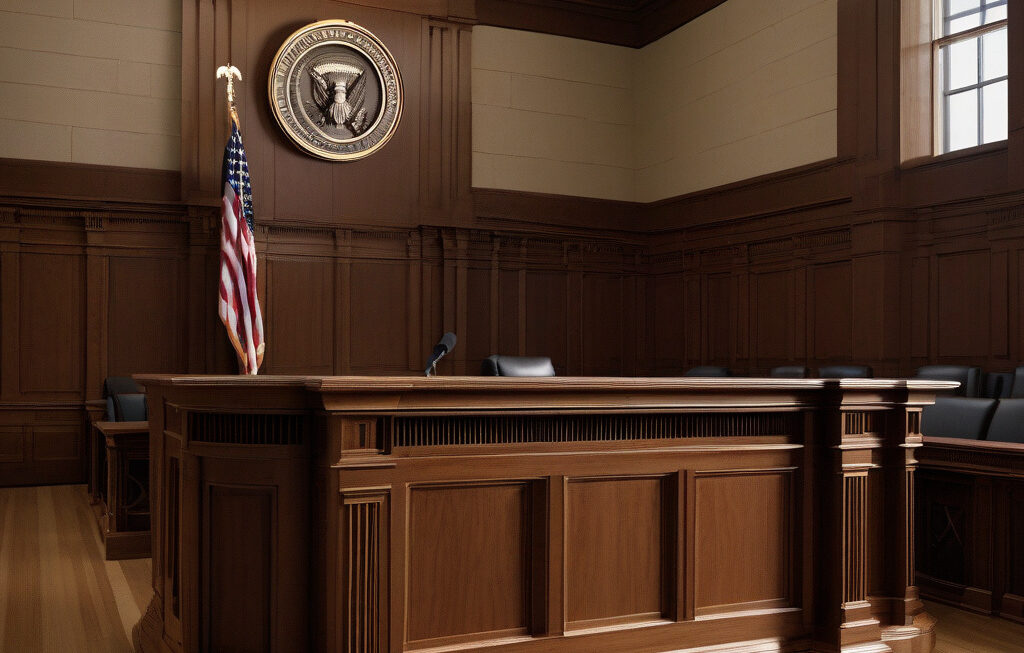When Two CEOs Are Better Than One
In the fast-paced and competitive world of business, the traditional model of having a single CEO at the helm is being challenged by a new trend – the rise of dual leadership. Brands like Warby Parker and Glow Recipe are prime examples of companies that are not only thriving but excelling with two leaders at the top. This unconventional approach brings a dynamic element to decision-making, strategy formulation, and overall company vision. However, while the benefits are evident, it is essential to understand that this model is not a one-size-fits-all solution. Experts caution that having two CEOs only works when certain conditions are met.
One of the key factors that contribute to the success of dual CEO leadership is the market conditions. In industries where innovation, creativity, and agility are paramount, having two leaders with complementary skills and perspectives can drive growth and foster a culture of innovation. Warby Parker, the disruptive eyewear company, is a shining example of how co-CEOs Neil Blumenthal and Dave Gilboa have leveraged their unique strengths to not only challenge industry norms but also to create a socially conscious brand that resonates with consumers.
Moreover, having two CEOs can be particularly advantageous when the roles are clearly defined. Each CEO can focus on their area of expertise, whether it be operations, marketing, finance, or product development, thereby maximizing efficiency and productivity. Glow Recipe, a skincare brand co-founded by Sarah Lee and Christine Chang, demonstrates how a clear division of responsibilities between co-CEOs can lead to a well-oiled machine where each leader plays to their strengths, resulting in a harmonious and successful partnership.
However, one of the potential pitfalls of having two CEOs is the risk of conflicting egos. In a dual leadership structure, it is essential for both leaders to set aside personal ambitions and prioritize the greater good of the company. Ego clashes can derail decision-making, create internal tensions, and ultimately harm the business. Maintaining open communication, mutual respect, and a shared vision are crucial for the success of this model.
In conclusion, the dual CEO model can be a powerful driver of success for companies operating in the right market conditions, with clearly defined roles, and ego-free leadership. As the business landscape continues to evolve, more companies may consider adopting this innovative approach to leadership. By learning from the successes of trailblazers like Warby Parker and Glow Recipe, businesses can harness the potential of dual leadership to propel their growth and achieve their strategic objectives.
leadership, dualCEO, innovation, success, marketconditions












